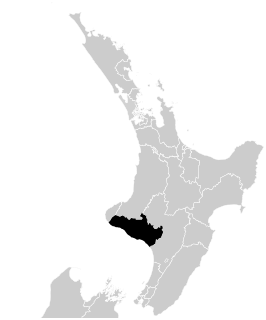
The Canadian federal election of 1925 was held on October 29 to elect members of the House of Commons of Canada of the 15th Parliament of Canada. Prime Minister William Lyon Mackenzie King's Liberal Party formed a minority government. This precipitated the "King–Byng Affair".

The Saskatchewan general election of 1925 was the sixth provincial election held in the Canadian province of Saskatchewan. It was held on June 2, 1925 to elect members of the Legislative Assembly of Saskatchewan.

The Saskatchewan general election of 1929 was the seventh provincial election held in the Canadian province of Saskatchewan. It was held on June 6, 1929 to elect members of the Legislative Assembly of Saskatchewan.

The United States Senate elections of 1924 were elections for the United States Senate which coincided with the election of Republican President Calvin Coolidge to a full term. The strong economy and Coolidge's popularity helped Republican candidates increase their majority by four, although several interim appointments had worsened their numbers since the 1922 election; as a result, the party achieved a net gain of only one seat since the previous voting cycle.

The New Zealand general election of 1925 was held 4 November to elect a total of 80 MPs to the 22nd session of the New Zealand Parliament. A total number of 678,877 (90.02%) voters turned out to vote. In one seat there was only one candidate.
The Galloway by-election, 1925 was a by-election held for the British House of Commons constituency of Galloway in Scotland on 17 November 1925. The by-election was won by the Unionist Party candidate Sidney Streatfeild.

Whanganui is a New Zealand parliamentary electorate. It was first established in 1860 for the 3rd Parliament and has existed continuously since then.
Events from the year 1988 in France.
This is a list of members of the Australian Senate from 1926 to 1929. Half of its members were elected at the 16 December 1922 election and had terms starting on 1 July 1923 and finishing on 30 June 1929; the other half were elected at the 14 November 1925 election and had terms starting on 1 July 1926 and finishing on 30 June 1932. The process for filling casual vacancies was complex. While senators were elected for a six year term, people appointed to a casual vacancy only held office until the earlier of the next election for the House of Representatives or the Senate.
This is a list of members of the Australian Senate from 1923 to 1926. Half of its members were elected at the 13 December 1919 election and had terms starting on 1 July 1920 and finishing on 30 June 1926; the other half were elected at the 16 December 1922 election and had terms starting on 1 July 1923 and finishing on 30 June 1929.
Egmont is a former New Zealand electorate, in south Taranaki. It existed from 1871 to 1978.
Patea is a former New Zealand electorate in south Taranaki. It existed from 1893 to 1963.
Thames is a former New Zealand electorate, in the Thames-Coromandel District. It existed from 1871 to 1946.
The Oldham by-election, 1925 was a by-election held on 24 June 1925 for the House of Commons constituency of Oldham. Oldham was at that time a two-member constituency. The other seat was held by the Unionist Duff Cooper.
The Elections for the Members of the House of Representatives were held on June 2, 1925 pursuant to the Philippine Organic Act of 1902 which prescribed elections for every three years. The ruling Nacionalista Party, which was split into Colectivista and Unipersonalista factions in 1922, were reconciled and were named as the Nacionalista Consolidado Party. The party continued their hold of the House of Representatives retaining their number of seats from the previous election, and the majority.

The 1935 Lyttelton by-election was a by-election held on 24 July 1935 during the 24th New Zealand Parliament in the Lyttelton electorate. The electorate was won by Terry McCombs of the New Zealand Labour Party, succeeding his mother.
This is a list of members of the Victorian Legislative Council between the elections of 4 June 1925 and 2 June 1928. As half of the Legislative Council's terms expired at each triennial election, half of these members were elected at the 1922 triennial election with terms expiring in 1928, while the other half were elected at the 1925 triennial election with terms expiring in 1931.
Elections to Liverpool City Council were held on Saturday 1 November 1924.

The 1925 San Diego mayoral election was held on March 24, 1925 to elect the mayor for San Diego. Incumbent mayor John L. Bacon stood for reelection to a third term. In the primary election, Bacon received a majority of the votes and was elected outright with no need for a contested runoff.
The National Party, later the United Party was a political party in the Australian state of Queensland from 1917 until 1925. Although allied with the federal Nationalist Party, it had different origins in state politics. It sought to combine the state's Liberal Party with the Country Party but the latter soon withdrew. In 1923 the party sought a further unification with the Country Party but only attracted a few recruits. Then in 1925 it merged with the Country Party, initially as the Country Progressive Party with a few members left out and then they were absorbed into the renamed Country and Progressive National Party.










